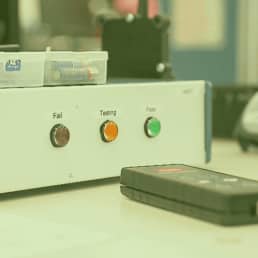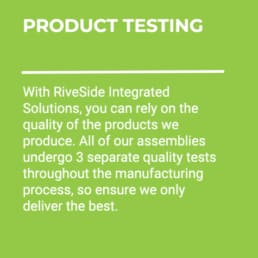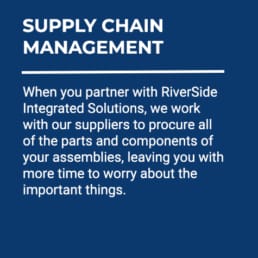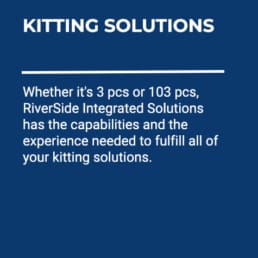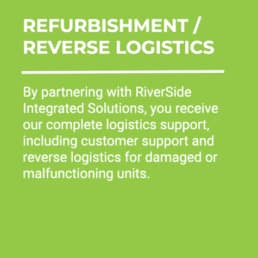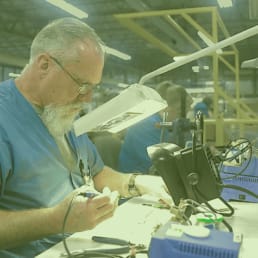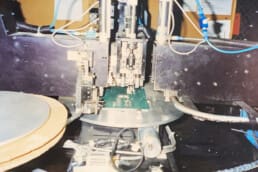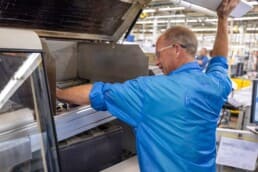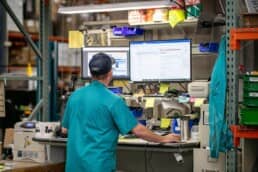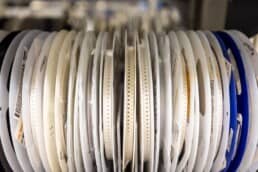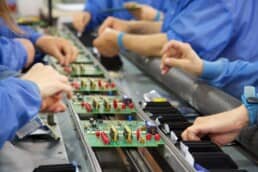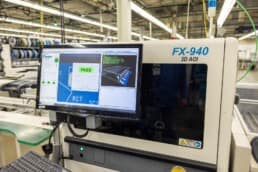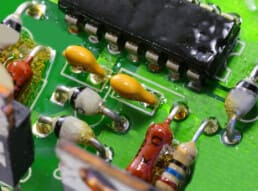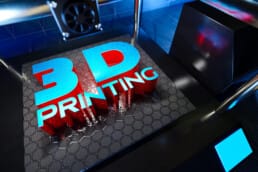To remain competitive, original equipment manufacturers (OEMs) must reduce costs and increase operations efficiency. To achieve these objectives, many companies utilize subassemblies as part of the assembly process.
Manufacturing projects often have numerous individual parts – sometimes hundreds or thousands – needed to assemble a final product. Subassembly is the process by which workers assemble components into a part for future use in a final product. Preparing subassemblies ahead of time increases productivity and increases speed to market, saving OEMs significant time and money.
Subassemblies continue to increase in complexity over time. They often require intricate builds with specialized equipment that demand skilled technicians. Many OEMs simply do not have the in-house equipment and skill sets necessary to complete complex, high-quality assemblies.
For this reason, outsourcing subassembly and final assembly to a contract manufacturer often makes good business sense. Contract manufacturers, like Riverside Integrated Solutions (RIS), have the necessary tools and skilled workforce to complete complex assemblies. In fact, we can often do this at a higher level of quality than the OEM.
Additionally, contract manufacturers have experience in a broad range of product inspection and testing duties. They can usually assume these responsibilities as well. OEMs can rest assured the subassembly and final assembly will arrive on time and be fully functional.
BENEFITS OF OUTSOURCING SUBASSEMBLY
Many companies heavily rely on outsourcing to remain competitive and keep costs low. It is possible to outsource all supply chain processes. Still, many OEMs look at subassembly and product assembly as an area of opportunity.
Outsourcing assemblies to a contract manufacturer saves OEMs time, money and resources – giving them an invaluable competitive edge.
LOWER COST
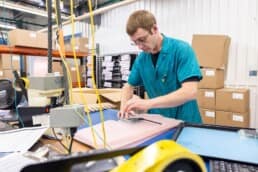
One key driver for outsourcing is the expected cost savings. The cost benefits are typically from lower labor, operating, inventory, and overhead expenses.
In addition, OEMs that outsource services need not invest significant capital in equipment and physical assets. Instead, they can utilize capital resources more strategically.
INCREASED EFFICIENCY
Selecting a contract manufacturer with experience and expertise in subassembly typically results in higher productivity and efficiency.
Additionally, OEMs can reduce in-house personnel needed to perform subassembly services. They can focus on more value-added jobs that deliver a competitive edge.
DECREASE TIME TO MARKET
When contract manufacturers take on subassembly, OEMs often realize a reduction in the time required to complete the final product. This also improves the overall speed to market.
IMPROVE QUALITY
Product quality often improves due to leveraging the contract manufacturer’s established experience. OEMs benefit from their vetted best practices, processes and expertise in subassemblies and final product assembly.
GREATER VOLUME FLEXIBILITY
Sourcing subassembly allows business flexibility and a nimbler response to market or demand fluctuations.
In contrast, OEMs that perform assembly in-house may be unable to fill an unexpected increase in demand. They may have workforce, inventory or other internal constraints. Outsourcing helps shield OEMs from the internal ramping up or down due to business cycles.
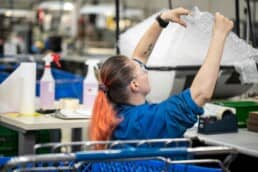
COST SAVING STRATEGIES FOR SUBASSEMBLY
Many OEMs don’t need a partner to build their entire product but want to streamline processes within their facilities. In this case, they may have a contract manufacturer build subassemblies ready for installation.
At RIS, we provide comprehensive assembly solutions. We can build time-consuming subassemblies prepared for installation or make products from start to finish.
We serve customers across multiple industries. From mechanical monitor brackets to complex electrical control arms for large machinery.
Below are several cost-saving strategies for subassembly to help OEMs reduce costs and remain competitive. Some strategies occur during the design phase when OEMs can have the most impact on production and assembly processes.
Please note that many of these strategies apply to both subassembly and final product assembly steps.
DESIGN FOR MANUFACTURING
Cost-saving strategies for subassemblies start well before the production and assembly phases are underway. The point of DFM is to identify and resolve potential issues during the design phase, avoiding costly disruptions later.
DFM is an element of lean manufacturing practices. It focuses on getting the design right to minimize rework and waste during the production and assembly steps. This approach is an excellent cost-saving strategy for OEMs. It increases operations efficiency and reduces time to market.
SIMPLIFY AND STANDARDIZE
During the design phase, it is crucial to analyze the part design to identify opportunities to simplify or standardize. Unsurprisingly, complexity drives up the cost of manufacturing and subassembly.
Part complexity takes many forms, including geometry, special features, surface finishes, part size, and other specifications. For example, opt for standard drill sizes for easy manufacturing and assembly.
OEMs must ensure they’ve optimized every aspect of the design to achieve the requisite functionality. When in doubt, simplify and standardize to save costs during production, subassembly and final product assembly.
JIT SUBASSEMBLIES
One area of waste often identified during manufacturing assessments is surplus inventory. To minimize this waste, it is vital to have the right subassemblies and quantity where and when they’re needed. This approach is called Just-In-Time (JIT) manufacturing.
It is applicable whether OEMs perform subassembly in-house or outsource this service to a contract manufacturer. The JIT approach reduces subassembly inventory required and the duration of storage before incorporation into the final product. It leads to lower OEM manufacturing costs.
CONSOLIDATE ASSEMBLY SUPPLIERS
Over time, OEMs may have acquired an extensive supply chain that can be challenging and time-consuming to manage. They may have multiple subassembly and assembly suppliers.
One cost-cutting measure is to consolidate the supply base into fewer partners. This approach reduces the opportunity for miscommunications or finger-pointing when there’s an issue. The result is increased productivity and lower production and assembly costs for OEMs.
About RiverSide Integrated Solutions
RIS is an advanced contract manufacturer providing robust solutions in circuit board assembly and product assembly. We employ more than 350 people and provide services to OEMs worldwide. We operate two state-of-the-art manufacturing facilities within the US.
With all of the choices in contract manufacturers out there, we know it can be challenging to find someone who understands your business model and has your best intentions in mind. RIS has always proven to be a win-win-focused relationship.
As your one-stop shop, we have the capabilities, capacity, quality assurance standards and resources to support all of your manufacturing needs. We understand that supply chain management is complex and very time-consuming, so we urge our customers to utilize us in the fullest capacity.
Our total-package solutions include:
- Extensive supply-chain network
- Full box-build assembly
- Dedicated Program Team
- Warehousing, kitting and drop-shipping capabilities
- Reverse logistics
- Flexible order fulfillment
- Scalability to meet your needs
Contact us today at (507) 523-3220 to see how we can help with your manufacturing project, or click contact us for a quote.



